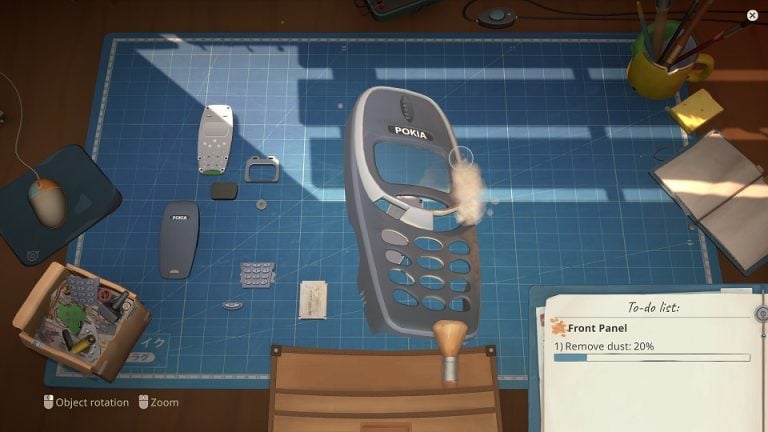Freelance artist Yan Ru released a demo for their ongoing project Anime Tokyo on April 18. In the demo, users can freely walk around and take pictures of the streets of Shibuya, Tokyo, which were recreated using Unreal Engine 5 (hereafter referred to as UE5).
UE5 is a next-generation game engine which was officially released by Epic Games in April last year. It incorporates brand new features such as “Lumen,” which enables detailed depiction of ambient light while comparatively reducing load and “Nanite,” which aids the rendering of large numbers of high-definition 3D models. Development using this engine has been flourishing, with some studios switching from UE4 to UE5 for their in-progress titles (like the upcoming indie game Unrecord), and users creating their own experimental projects (related article).
The Anime Tokyo released by Yan Ru is a recreation of the streets of Shibuya made using UE5. However, Yan Ru did not intend to create a complete recreation of Shibuya, but is developing the project under the concept of a “new form of game art” which reconstructs Tokyo with various bits of Yan Ru’s favorite anime. This is also why advertisements from real life companies are replaced with images related to anime and manga. Furthermore, there is a regular lighting version and a high-saturated lighting version, the latter of which, combined with the hues, gives a more fantastical atmosphere. This Shibuya has the atmosphere of a setting for a game or anime.
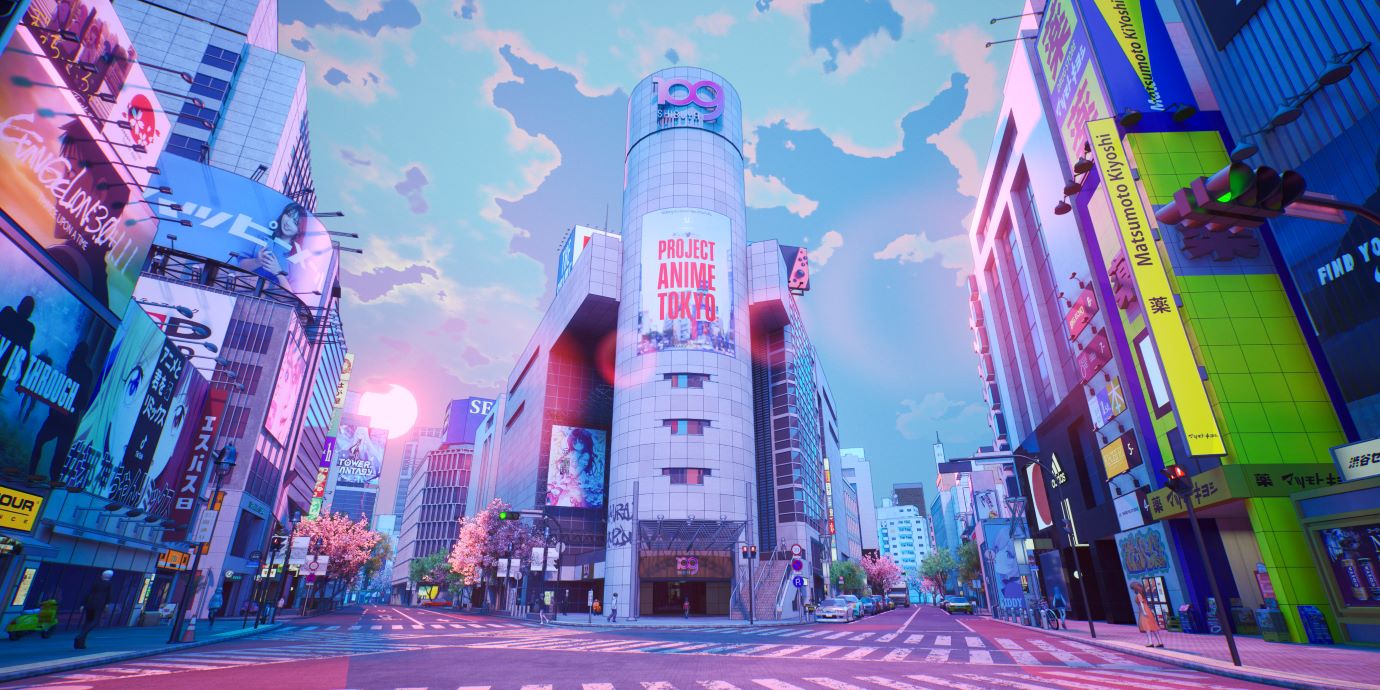
According to Yan Ru, the creation of Anime Tokyo took six months. The gameplay video also showcases the making of the game. Besides UE5, the 3D CGI creation tool 3ds MAX and the image editing software Photoshop were also used for creation of models and textures. The player character model is QuQu’s Adolescent U, while other characters use models published by VRoid Hub. In the same video, we can also see the real-life billboards of Shibuya being carefully incorporated into the virtual Shibuya. The detailed recreation paired with an anime-like expression is likely part of what makes Anime Tokyo so impressive.
Furthermore, the layout of the Shibuya area that was used as the base was found in the 3D CGI store NoneCG and is apparently quite an old model. A user on YouTube commented that they had “worked on these models 10 years ago.” Compared to today’s Shibuya, there may be some differences such as certain locations, but the atmosphere is quite close to reality, perhaps due to Yan Ru’s meticulous attention to detail. Walking around the scramble crossing and in front famous landmarks in the demo, I felt no difference from when I was actually in Shibuya, it was like an illusion of actually being there.
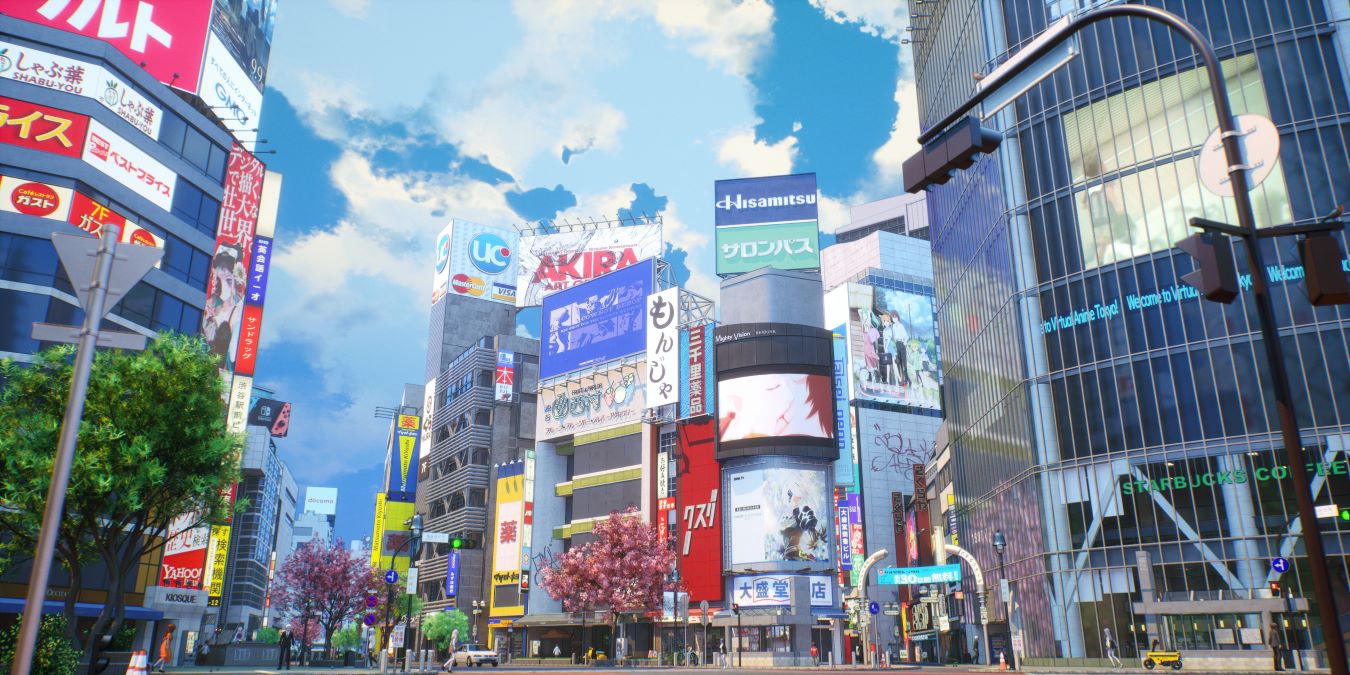
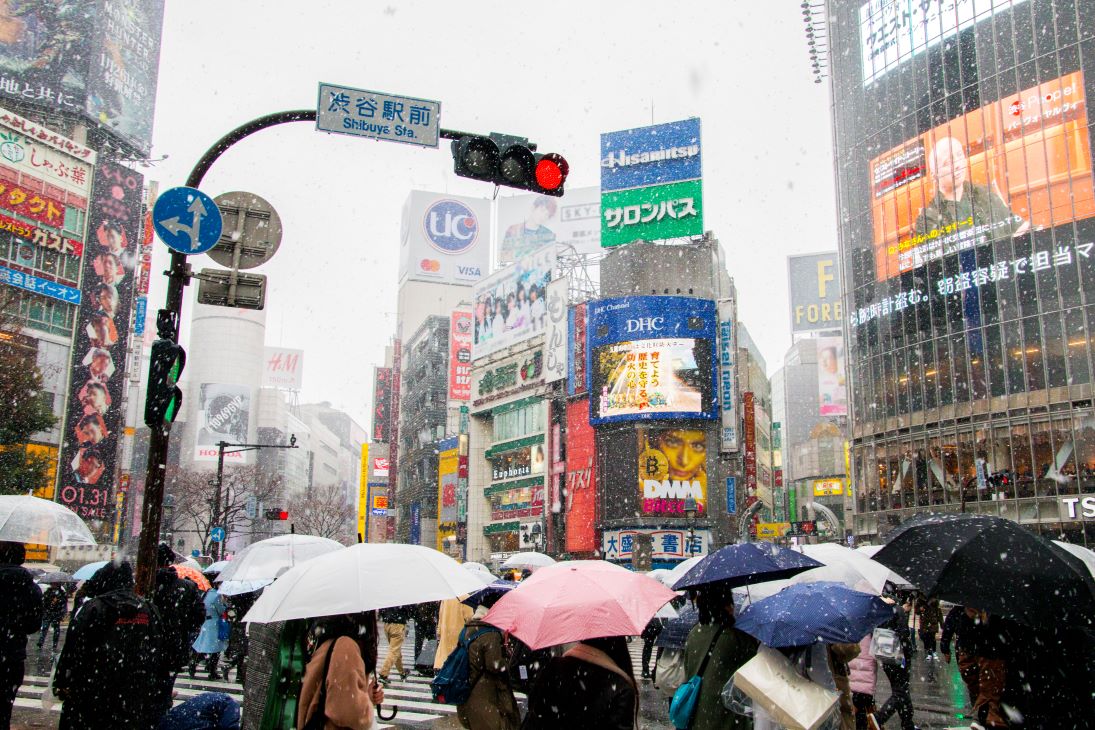
Image Credit: graphon
Yan Ru commented that they do not plan to sell the game because it contains many assets (for which it is unclear if they are available for commercial use). They stated that it is only being released as a work of art.
Anime Tokyo is being distributed free of charge in executable file format on ArtStation, a work-sharing website for creators. Yan Ru has also created other UE5 renderings of urban areas in Japan and a real-time rendered short film of 90s China, so you may want to check their ArtStation if you are interested. A Steam release for Anime Tokyo is also planned in the near future.
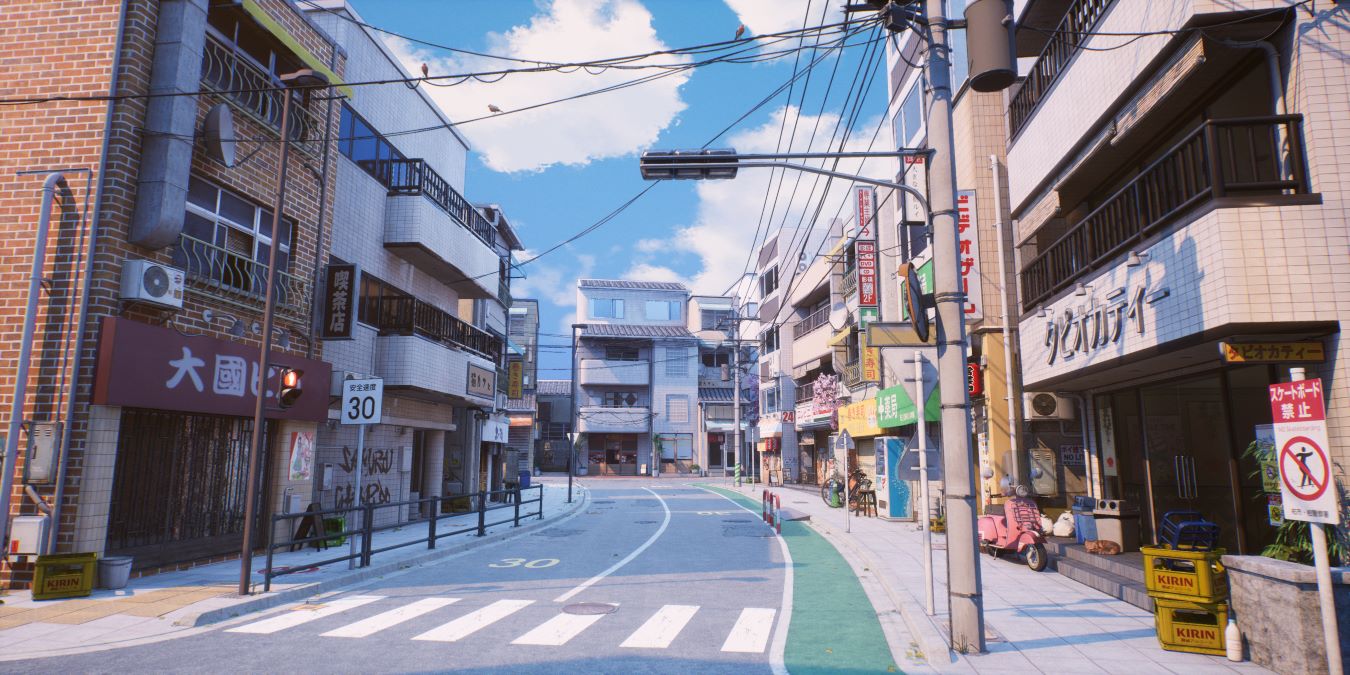
Translated by. Amber V based on the original Japanese article (original article’s publication date: 2023-04-20 21:57 JST)





